
The year 2022 marked the seventieth anniversary since the catwalk debut of Italian Fashion. Florence was the crossroads of creativity and experimentation, and to this day Pitti Immagine is a catalyst for new cosmopolitan lifestyles. Scala offers a journey through images and videos to rediscover the originality of Italian style, starting from the first famous fashion show in the Sala Bianca of Palazzo Pitti in Florence to the showcases and pedestals of the most prestigious international museums, for whom Scala is the official agent.
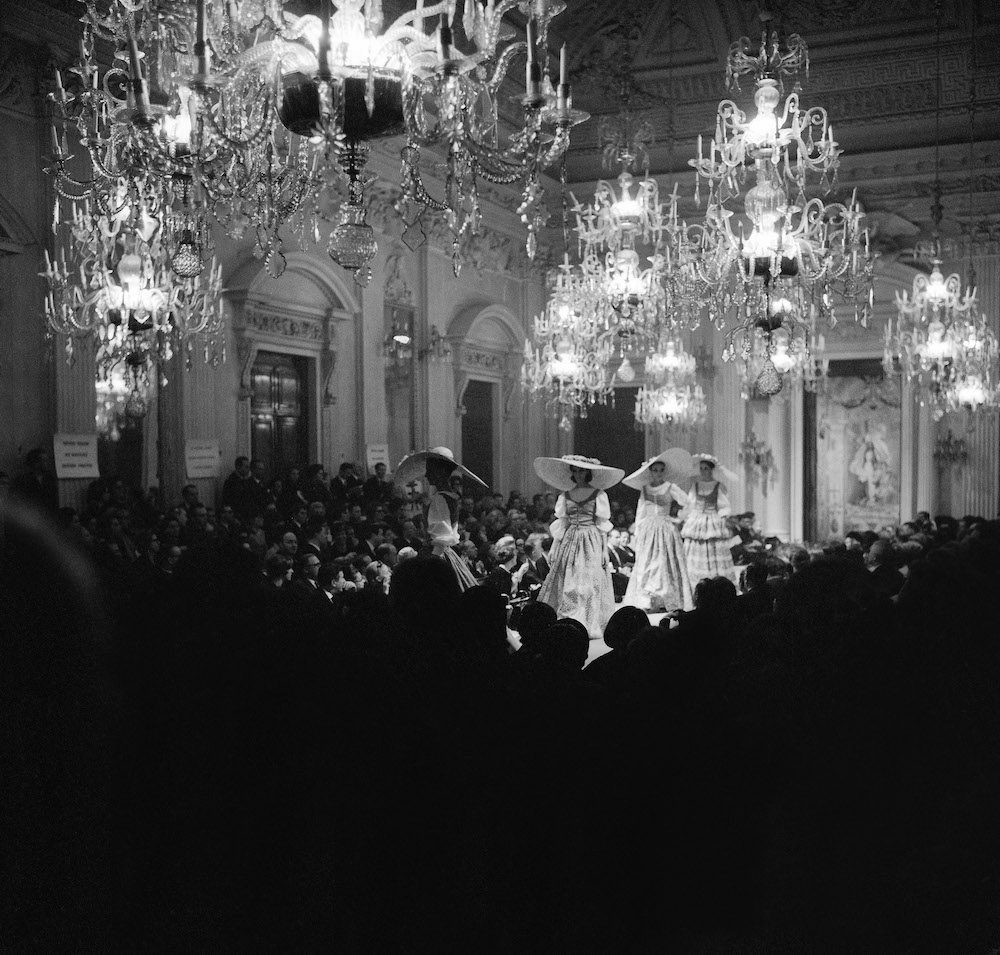
his story begins in the 1950s. The war was over but Europe was still devastated. Italian Fashion did not exist. Italian designers were not creating a unified image such as to connote an Italian style, and Italian tailors, unlike the French, worked to provide Italian women with practical clothes, with Mediterranean taste and without too many decorative elements. There was, however, an experimental vein that united Italian workshops, which were able to adapt to the needs of the times without losing a natural inclination to experiment. Suffice it to think, for example, of research in the field of textiles, from printing, perfect for artistic experimentation, to the discovery and use of new materials – such as rayon, lanital and cafioc derived from hemp – during the Fascist autarchy. At the same time the American market, then the only one that was financial capable, was ready for the practicality and dynamism of what several decades later was called Made in Italy.
It was in this context that the brilliant intuition of Giovanni Battista Giorgini (1898-1971), a skillful Tuscan entrepreneur who in 1951 organized the “First Italian High Fashion Show” at Villa Torrigiani, his private residence in Florence. Giorgini made sure that prominent American women, buyers and journalists, were in attendance at the fashion show, held on on February 12th 1951. On the catwalk they saw 18 models from 10 Italian fashion houses including the Fontana sisters, Jole Veneziani, Fabiani, Pucci, Noberasco, Carosa and Schuberth. A second fashion show followed in July 1951, this time at the great halls of the Grand Hotel in Florence.
The true birth and glorification of Italian Fashion, however, is marked by the first fashion show which took place at the Pitti Palace, in the opulent and rich Sala Bianca on July 22nd 1952. From that date until 1982 two fashion shows were held each year, one in January and the other in July, prior to those of the French fashion house shows. The Florentine shows thus became a regular appointment to showcase the creativity of emerging designers and the skill of Italian tailoring.
In 1954 the Centro di Firenze per la Moda Italiana (CFMI) was established and became the body that would from then on promote all the events of what quickly became Europe’s largest trade fair. The company would later change its name to Pitti Immagine.
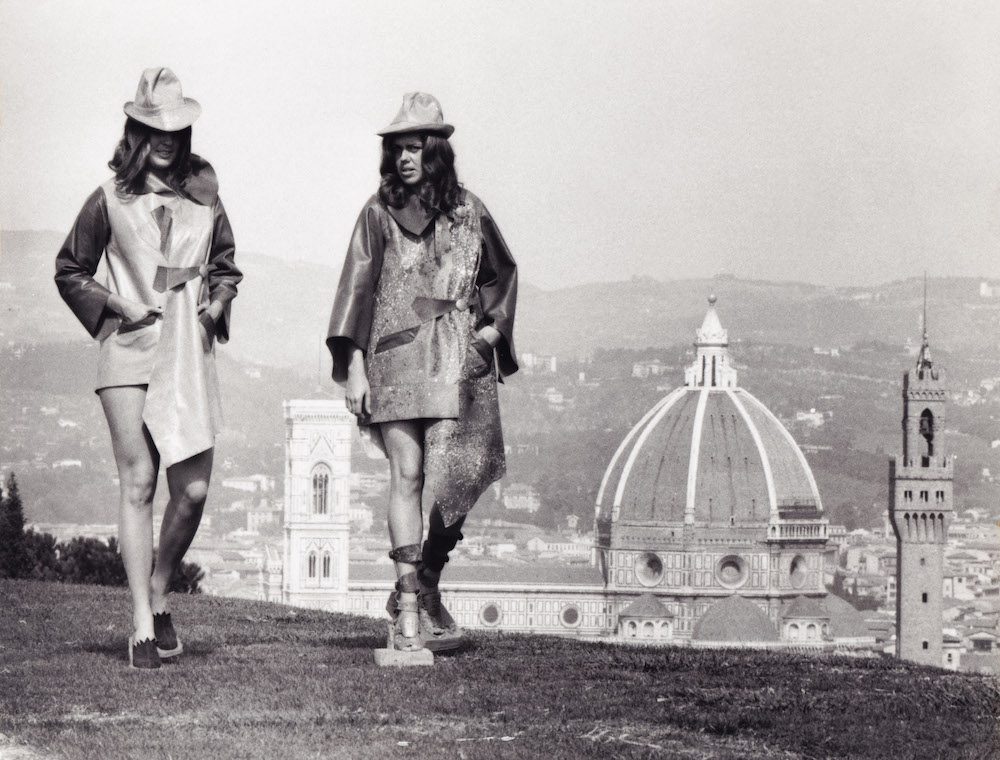
Pitti Uomo – which this week populates the Fortezza da Basso’s catwalks – began in September 1972, followed later by Pitti Bimbo and Pitti Filati. It is none the less as far back as the 1950s that Florence beats Paris in showcasing men’s fashion, a black shantung tuxedo by Brioni accompanying Jole Veneziani’s bride, along the catwalk of the Sala Bianca.
Here are some vintage videos from the Istituto Luce Cinecittà archives, distributed upon request by Scala along with other unique and prestigious audio and video collections.
If we wanted to draw a (visual) history of Twentieth Century Fashion, and on that occasion also trace the origins of Italian Fashion, the collections and archives that Scala represents as an official agent are a rich and invaluable source of worldwide documentation. Anglo-Saxon and American museums were among the first institutions to devote studies and exhibition space to costume and clothing.
Among Scala’s partners, the Victoria & Albert Museum in London is the first collection in order of importance and extensiveness on the theme of Fashion. This museum, founded in 1852 after the great International Exhibition of 1851, boasts a collection that spans five centuries, representing in fact the largest and most comprehensive collection of clothing in the world. Key pieces in the collection, as far as the 20th century is concerned, include haute couture garments from the period after World War II and everyday clothes from the 1960s.
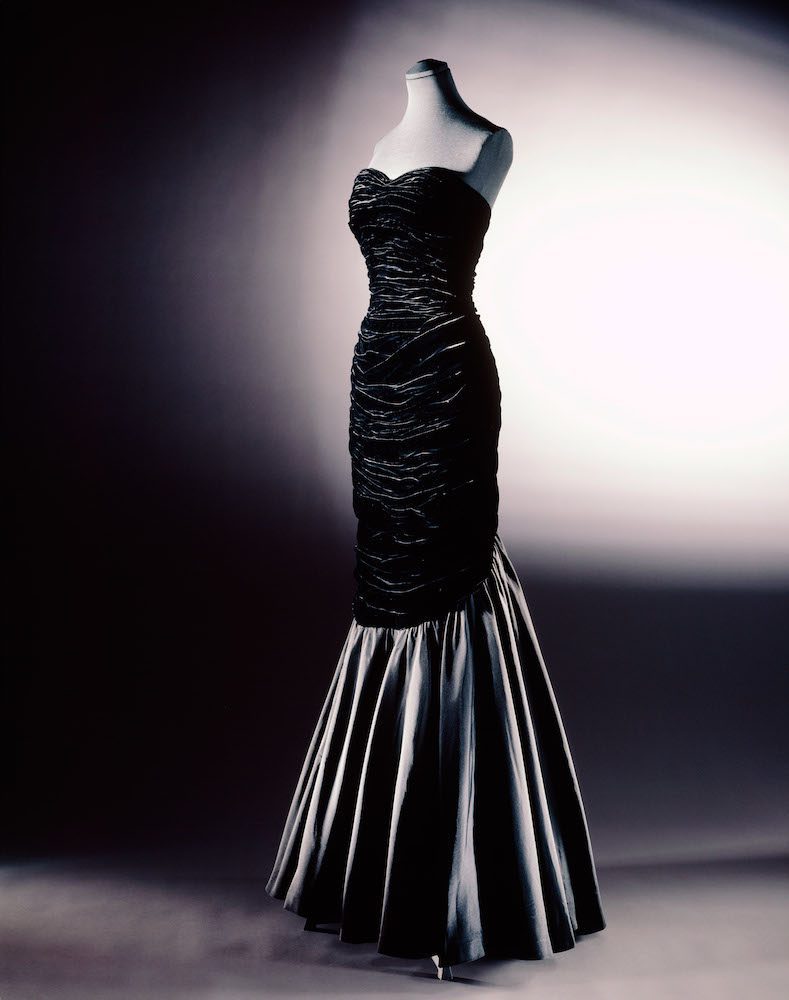
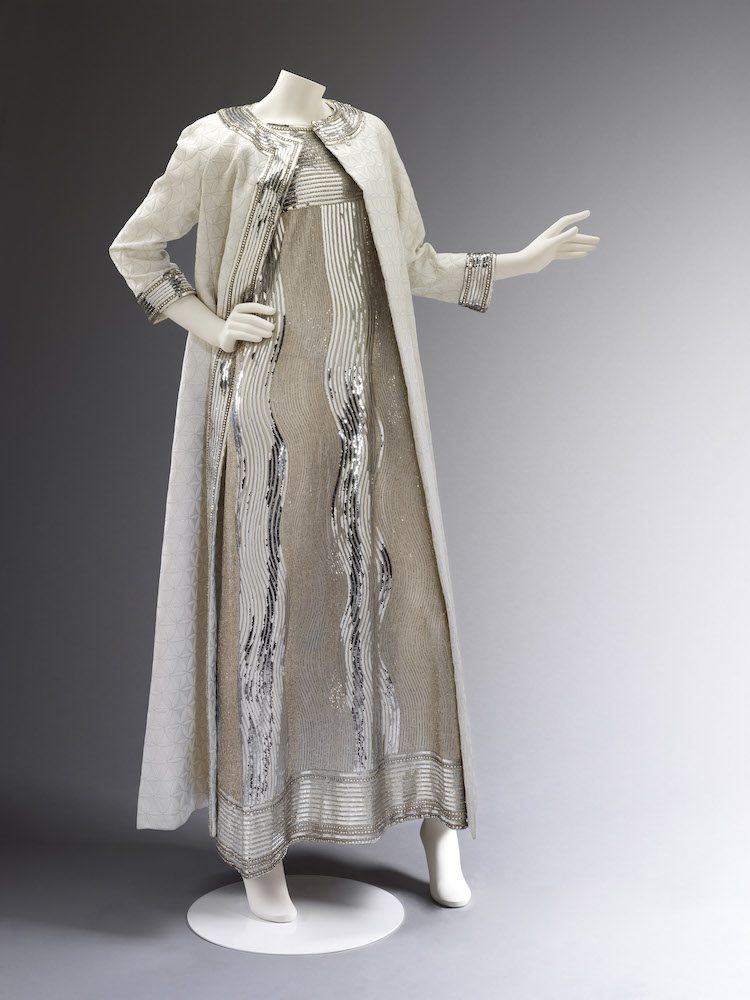
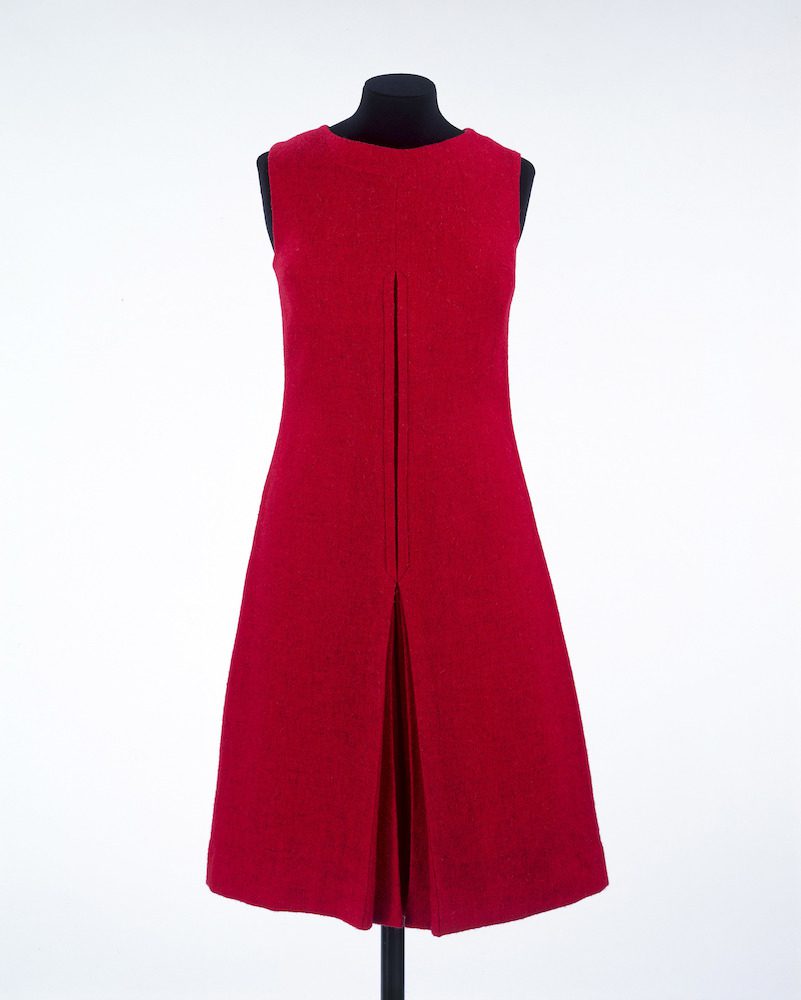
Look through a gallery devoted to fashion photography, another incredible and important collection held at the V&A, which includes photos shot by John French.
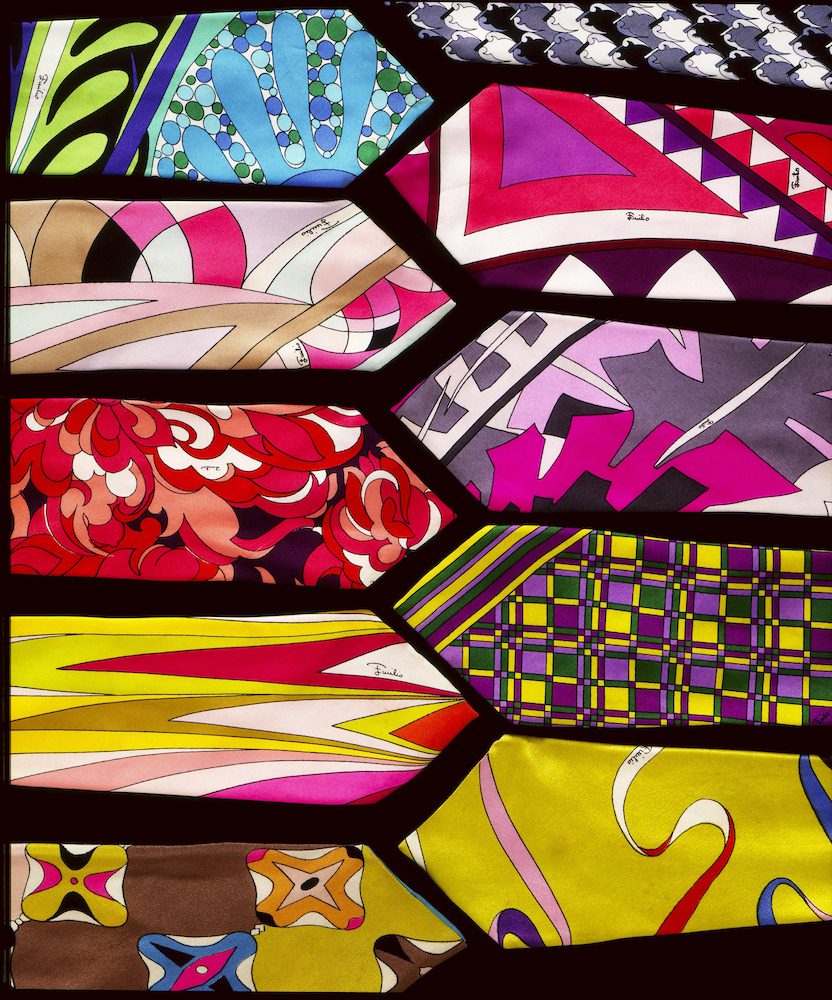
The V&A is also noteworthy for its Fashion in Motion events (a program which sees collaborations with contemporary fashion designers and creatives, such as Alexander McQueen and Vivienne Westwood for example) and exhibitions devoted to the history of Fashion and Costume, among which The Glamour of Italian Fashion 1945-2014 (2014) was a favorite.
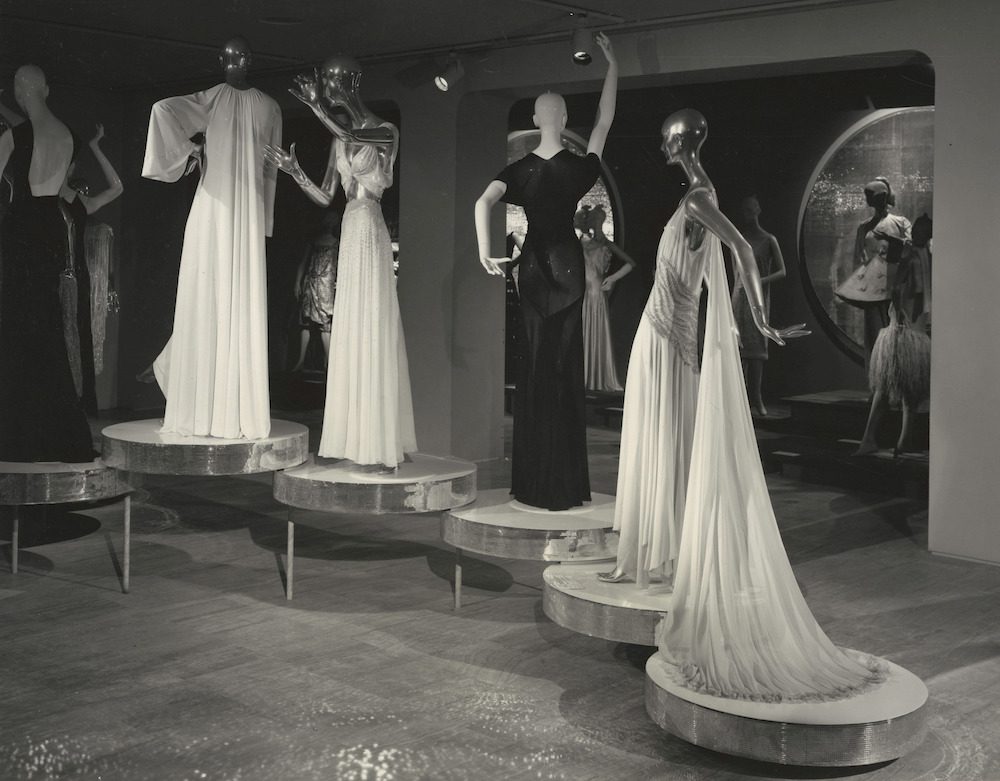
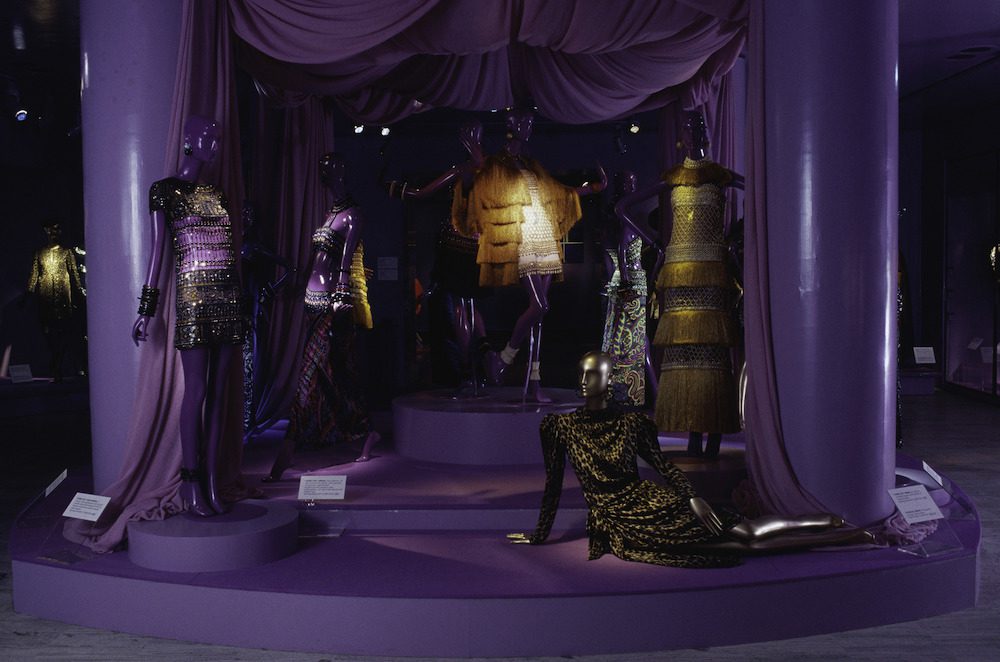
Almost a century later, the Metropolitan Museum in New York, another major institution with a strong outreach mission, acquired the Museum of Costume Art (1937) and laid the groundwork for the clothing and costumes department, which today brings together more than 80 thousand dresses and accessories. Because of the fragility of the pieces in the collection, there is no permanent exhibition, but each year the Met holds two different fashion shows each focusing on a specific theme or designer.
Here is a gallery dedicated to the Met’s Fashion collection, featuring some Italian masterpieces.
Two other American collections represented by Scala and useful for tracing a history of 20th-century Fashion are the LACMA and the Museum of Fine Arts in Boston. These institutions also hold iconic examples of Italian style; look through the gallery.
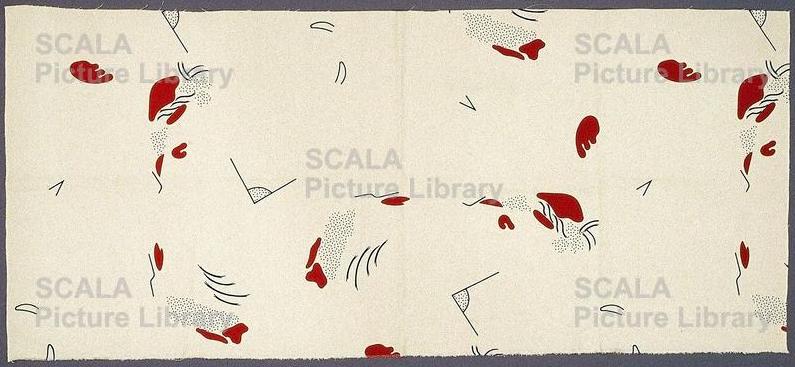
Proceeding in chronological order of creation as well as in terms of the vastness of the collection, the first American institution on which we offer an in-depth look is the Museum of Fine Arts in Boston. This museum was founded during the late 19th century movement on design reform, when New England was the epicenter of the national textile industry. That was in the 1870s. A few decades later, in 1909, the museum established a center for textile studies, where art students, embroiderers, weavers, set designers, historians, and collectors could go for the study of objects and details useful in the development of their own artifacts. Later, in 1930, the MFA was the first American museum to establish a department devoted to textile arts, an input that allowed for the creation of an extensive collection of costumes and accessories. Between 1943 and 1953 the department acquired the Elizabeth Day McCormick collection of nearly 5,000 objects, an unparalleled selection of costumes and accessories, as well as other textiles, books, and prints.
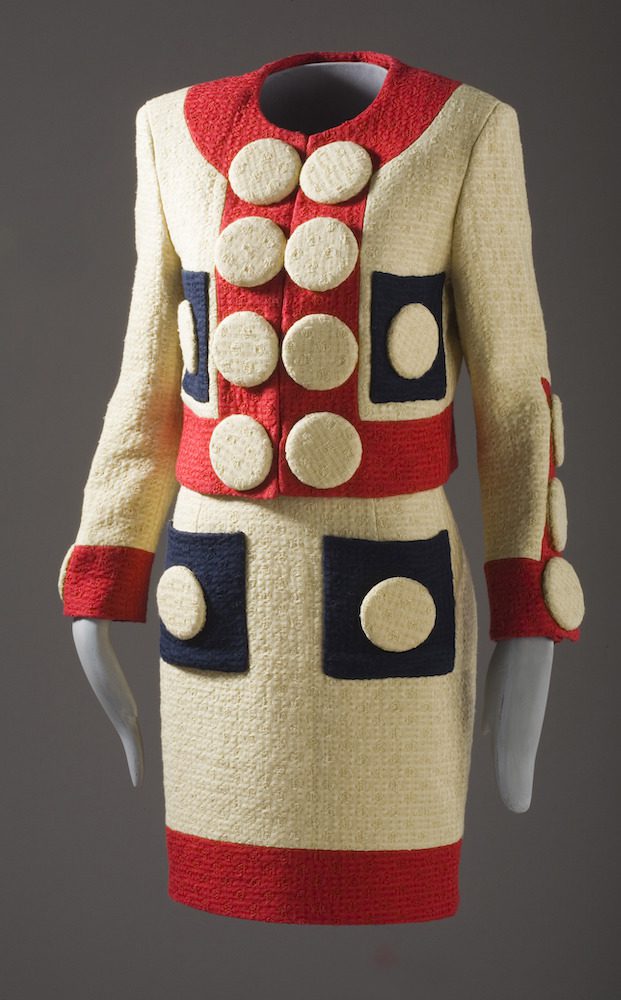
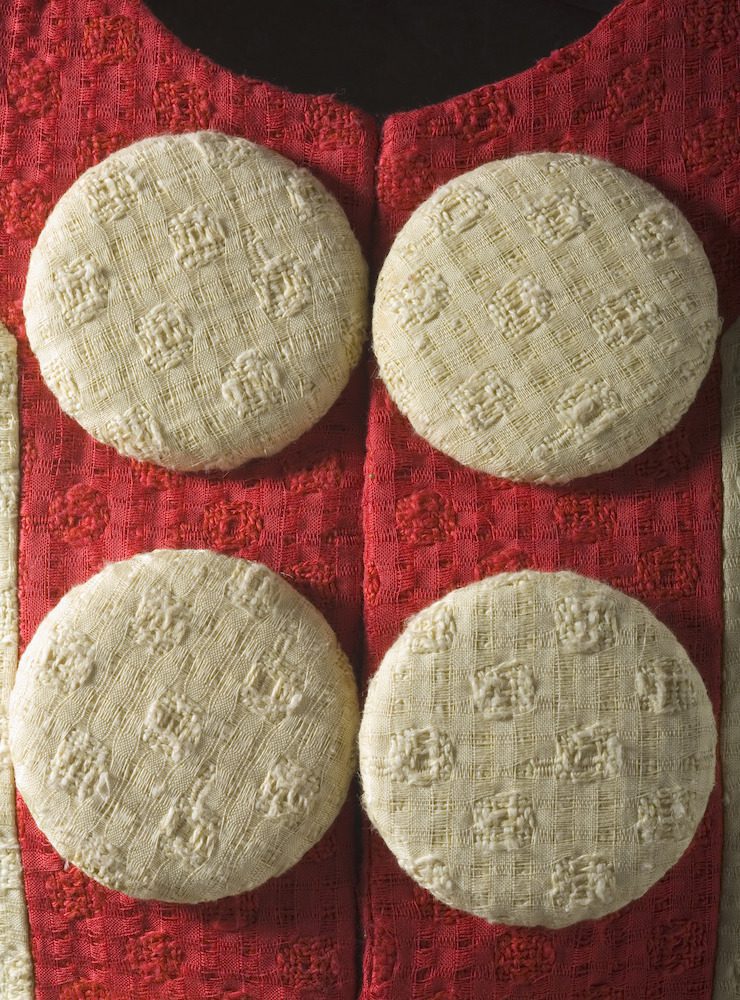
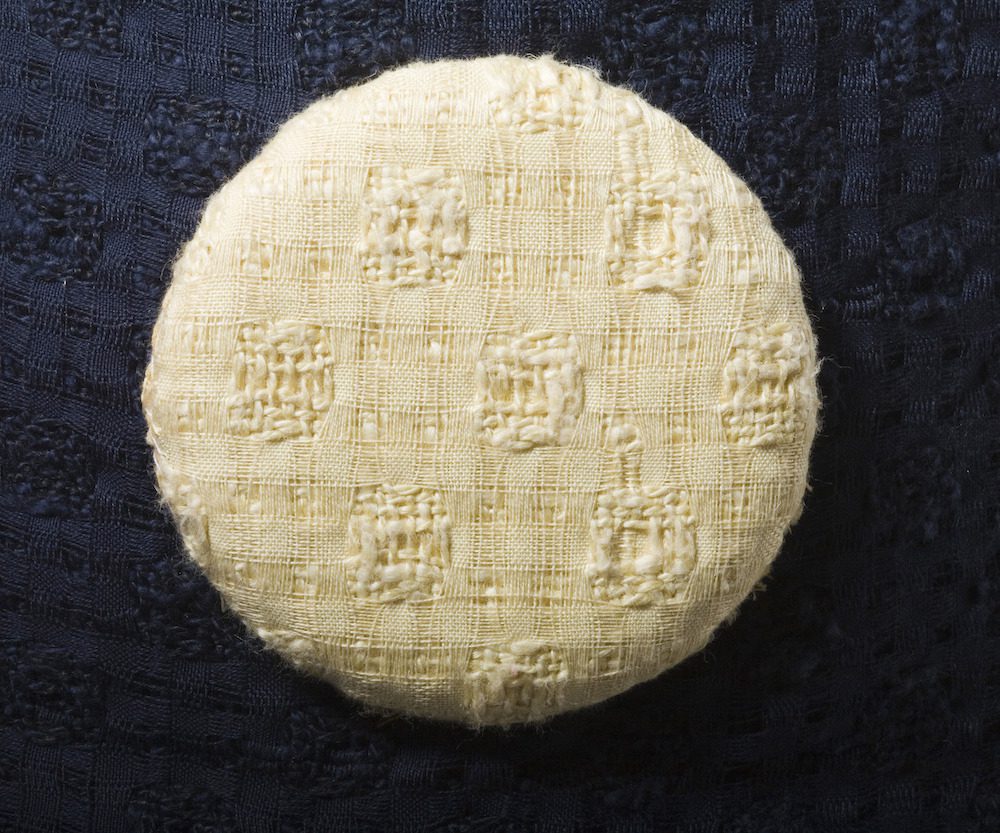
LACMA is no different. Established in 1961 as a division of the Los Angeles Museum of History, Science, and Art, the Los Angeles County Museum of Art soon became a separate institution capable of continuing its mission related to the dissemination of art in its various forms. In 1965, LACMA opened to the public its new Wilshire Boulevard location (renamed the Art of Americas building in 2007). Among the highlights are the clothes in the Fashion section, 1900-2000.
To explore this topic further, visit the FASHION page on our website. If you would like to receive a dedicated image search for your project, please contact us.
****